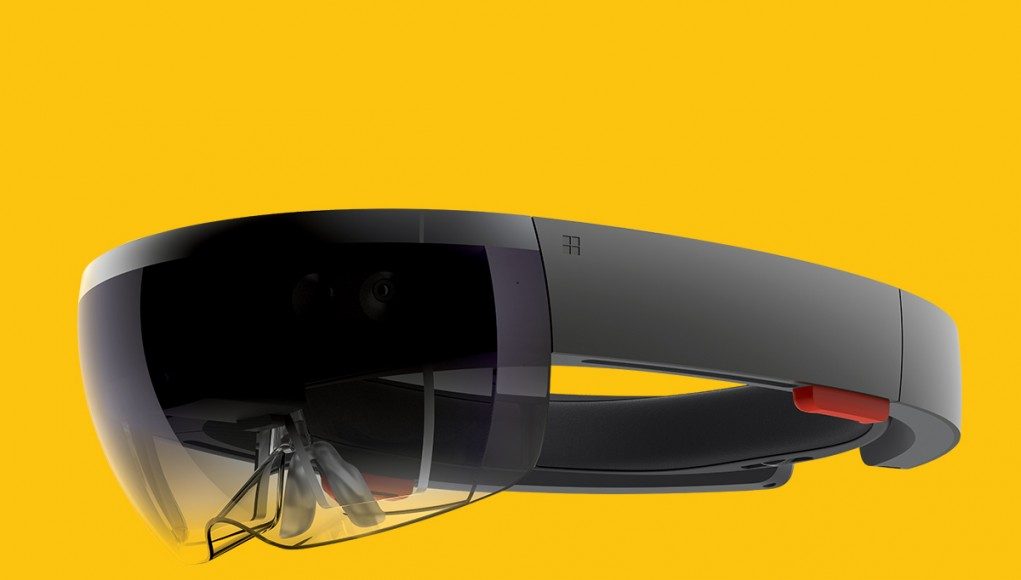Is the future going to be filled with paper thin displays and touch interfaces abound? Microsoft thinks so, because they’ve been fleshing out their “productivity future vision” concept videos ever since 2009, underlining just that. But what could these omnipresent displays do that augmented reality can’t?

See Also: ‘Microsoft HoloLens’ Revealed, an Untethered See-through AR Headset
Microsoft’s latest “productivity future vision” videos opens to a SCUBA diver discovering a kelp forest using an AR mask replete with a laundry list of implied features: smart informational overlays, hand gesture recognition, spatial tracking, projected virtual items correctly occluding with the underwater environment’s rich flora—pretty much everything Microsoft is hoping to communicate with HoloLens, the company’s unreleased augmented reality headset announced in late January.
But when the camera pans back to reveal a classroom full of flatscreen displays, that’s where they lose me.
There’s big ones, little ones, foldable ones, and collection of smooth user interfaces—nearly the exact same spit shine and level of polish we saw in the last two concept videos (from 2009 and 2011 respectively)—all running a bevy of applications we’ve seen concepted according to HoloLens’ promotional video.
Bear in mind however that Microsoft is no stranger to taking a good helping of creative license with their promotional product videos, a glaring example being the infamous Kinect video that promised some things even current computer vision systems haven’t solved. And if they hadn’t immediately let in a group of journalists to try out an early HoloLens prototype for themselves, who generally reported that the overall usability and innovative applications outweighed some of the more glaring technical limitations, like the device’s limited field of view, we’d be showing a lot more skepticism regarding the untethered AR headset.
If by some chance Microsoft can really deliver on HoloLens though, which the company says will realease in the same time frame as its late 2015 launch of Windows 10, we might be looking at a different depiction of 2020—a decidedly less touch-screeny future with a smidgen more 3D thrown in for good measure.







